FROM THE REGIONAL SOIL COORDINATOR
BRIDGET WATKINS
Amelioration Considerations
Wickepin, Western Australia
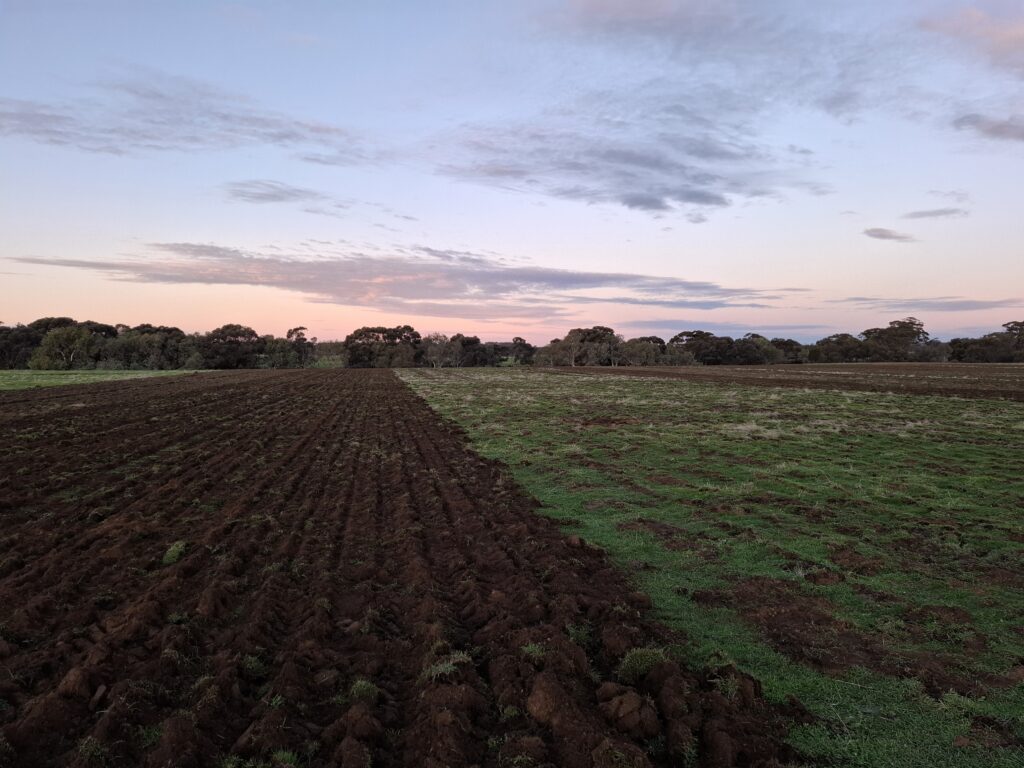
The Facey Group facilitated a Grains Research and Development Corporation (GRDC) Grain Automate Expo and Live Demonstration Day, in conjunction with Western Australian No-Tillage Farmers Association (WANTFA) and The Society of Precision Agriculture Australia (SPAA), near Wickepin in early July 2025. A range of different cultivator bars were on display and test strips were run with each bar in succession to allow attendees to see the equipment in action and assess the results on-ground.
It was an opportunity to discuss the benefits of ameliorating soils and the considerations to keep in mind. Support was provided by soil scientists from the Department of Primary Industries and Regional Development (DPIRD) with Jenni Clausen, Gaus Azam and Bindi Isbister highlighting specific aspects of the soil at the demonstration site, considerations for equipment selection and the broader impacts of compaction.
Clay and organic matter content can help facilitate the maintenance of soil structure over time following ripping. However, it remains to be seen how this demonstration site will respond to the different amelioration activities conducted. The site has previously been prone to waterlogging and this may cause the ripped areas to resettle more quickly, or exacerbation of waterlogging issues. Alternatively, the ripping could promote drainage where the compact layer is broken up and distributed through the soil profile. This highlights the importance of understanding the soil profile of the target area, the variability of the soil throughout the paddock and the method of action of different ripping implements.
The Facey Group will monitor the results from the trial strips established during the demonstration, with the aim of assessing future yield results to consider the differences delivered by the range of implements.
Some of the implements used in the demonstration are shown in the images below. Note, there are many variations in makes and models available.
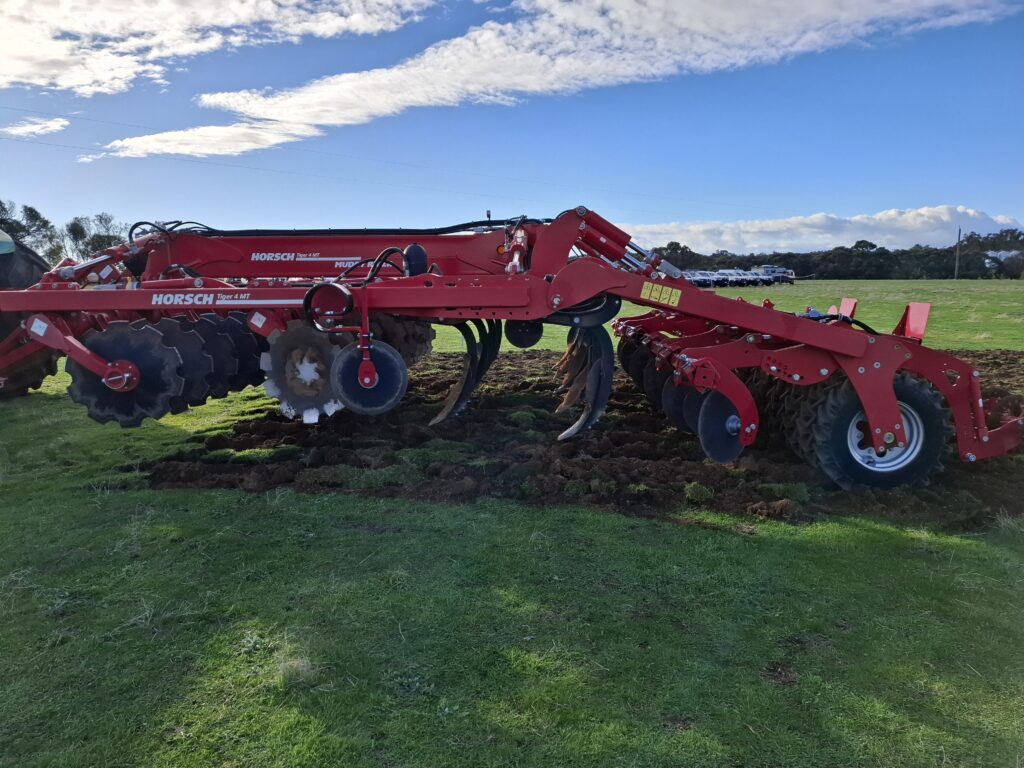
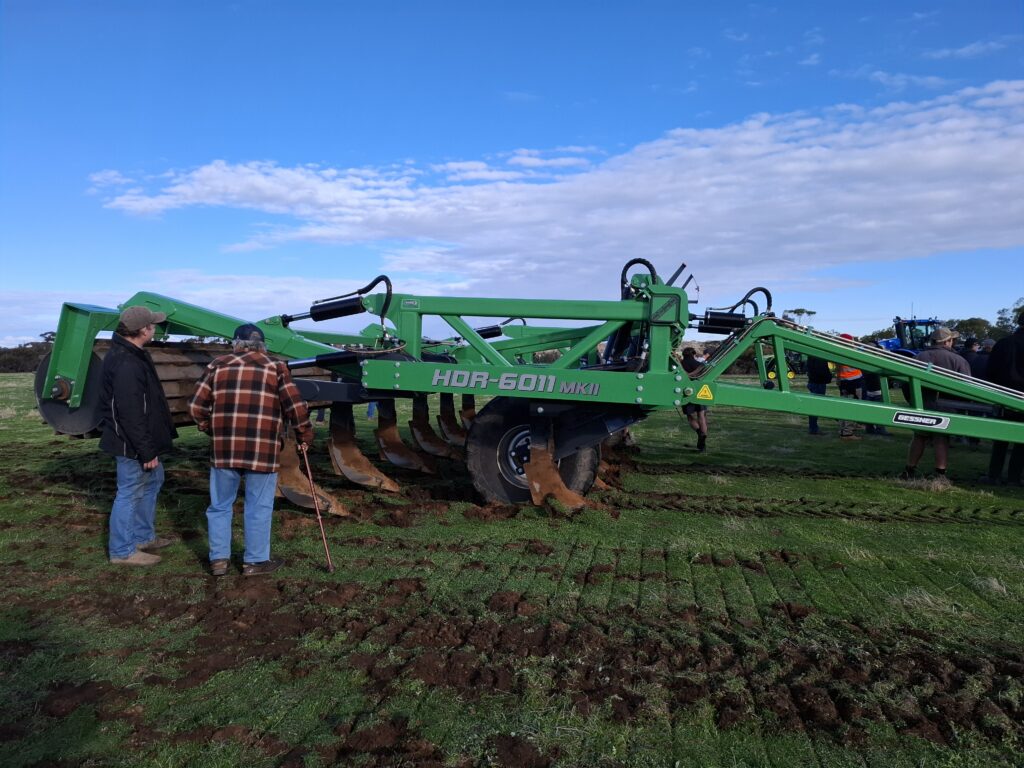
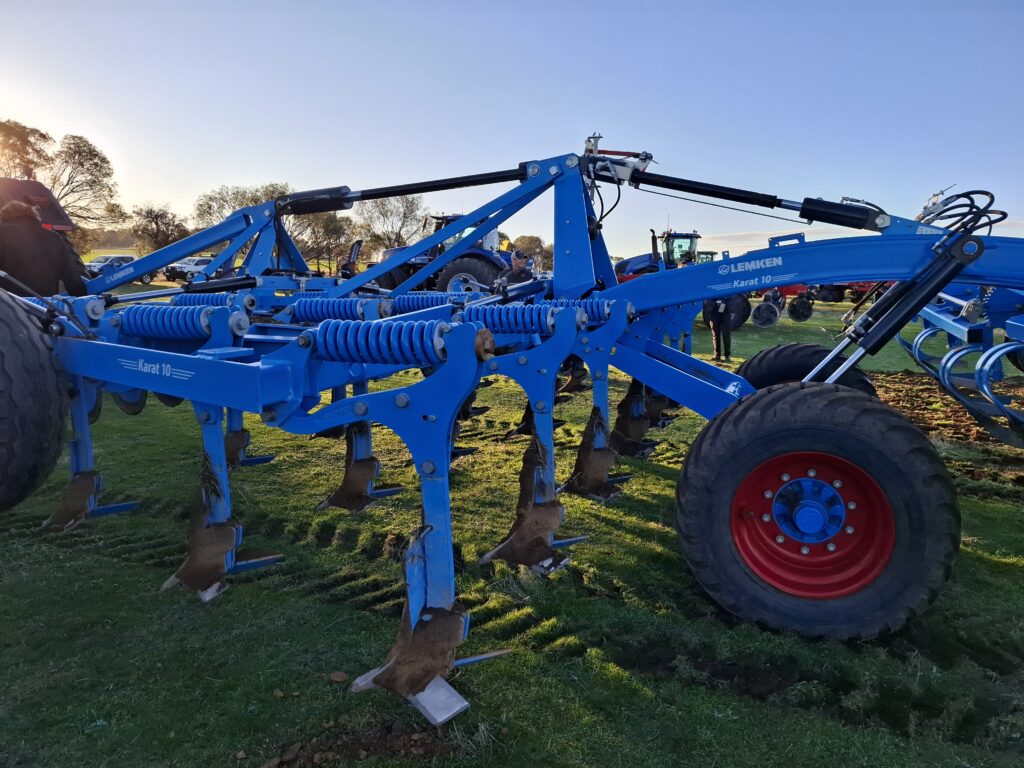
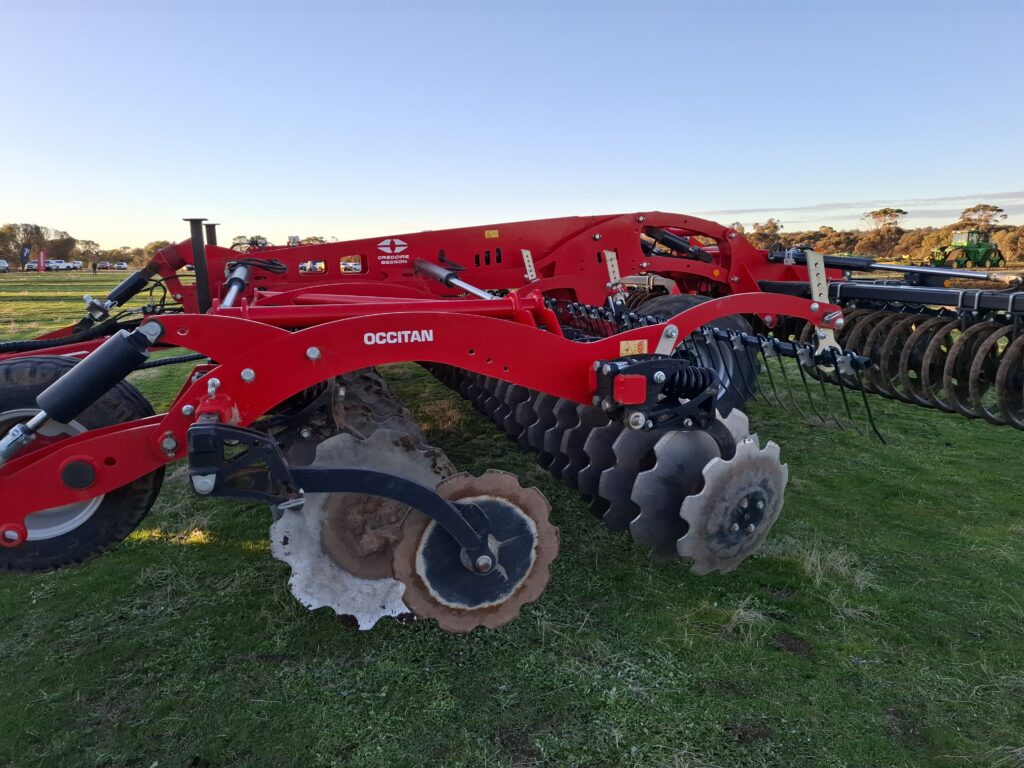
Compaction
One of the primary constraints noted at the demonstration site was a strong compaction layer present at approximately 150 mm. Compaction layers limit plant root growth and cause plants to expend more energy trying to extend roots into the compaction layer. In a crop, this redirected energy is essentially wasted and decreased tillering and yield often result. In heavier soils, the compaction layer can also exacerbate waterlogging with decreased infiltration of water moving through the profile.
All soils are susceptible to compaction from heavy machinery. The biggest impact on the severity of compaction is the weight of the machinery and soil conditions. Wet soil is more susceptible to compaction. Livestock compaction impacts tend to be limited to the upper surface, shallower than 150 mm, and can often be rectified by standard seeding procedures.
Ameliorating deeper compaction allows access to a deeper bucket of resources, including water and nutrients. It was estimated the soil at the demonstration site, with some clay content, could hold approximately 10 mm of rainfall in 100 mm of soil. Assuming similar water holding content to depth, a 500 mm profile would hold approximately 50 mm of rainfall. However, if plant roots can only reach to a depth of 150 mm, then you are operating on 15 mm of rainfall. This scenario limits resilience and requires more regular rainfall to support plant growth. Without regular rain events, the yield potential of the crop will be limited – possibly by missing tiller development, dropping tillers early or early senescence (haying off).
Removing the compaction limitation may also allow for lime to disperse further into the profile to address subsoil acidity.
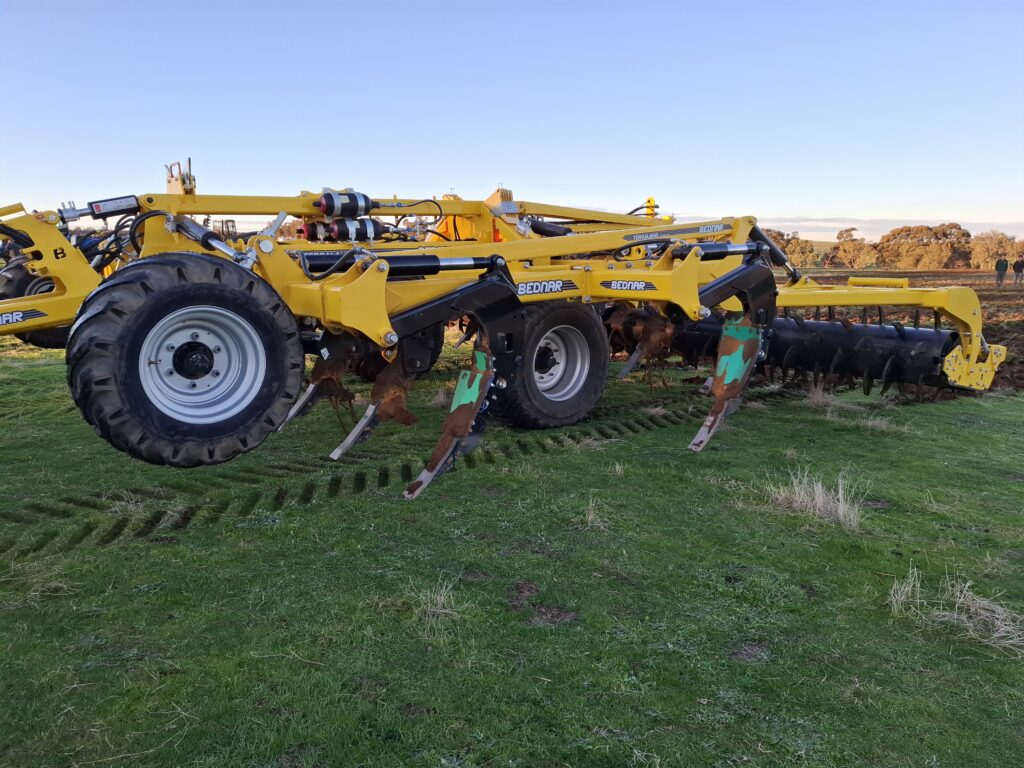
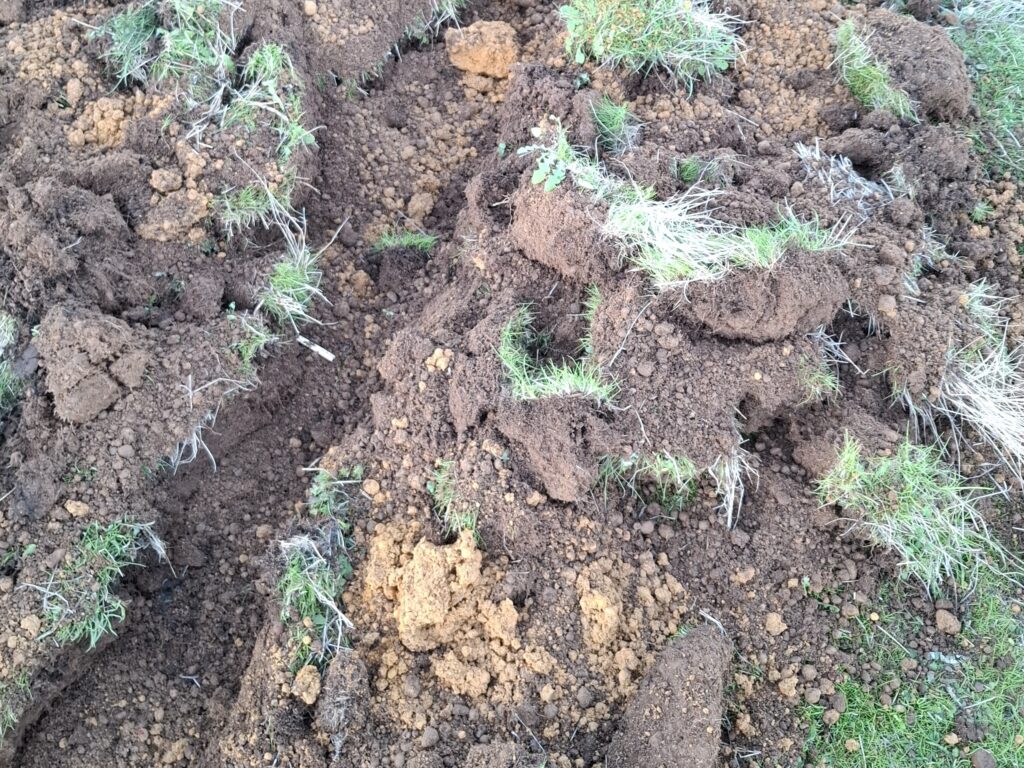
Things to consider in the paddock
- Determine the constraints that you are aiming to manage within the paddock and keep in mind they may be numerous i.e. soil water repellence, subsoil acidity and compaction. Different implements are designed to address different scenarios with a range of depth capabilities and surface mixing techniques.
- Undertake good baseline soil testing, in 100 mm increments, extending to 100 mm below the working depth of the deep tillage tool you are going to use. Get soil analysed for pH, salinity and nutrients including potential toxicities – you don’t want to make your problems worse. Take enough samples to understand the soil variability across the paddock.
- Consider digging a pit or trench to have a closer look at the soil profile if possible.
- Assess compaction through the profile using a handheld penetrometer or push probe to determine the depth of amelioration required. Note, use of a penetrometer can be difficult in gravel soils. Digging a pit or using a post hole digger to assess the soil profile is an option.
- When looking at amelioration results from different implements, consider how well the soil is mixed, how much of the subsoil has come to the surface, how is it incorporated and how much has the loosening had an effect in between the tines and across the entire profile.
- Consider incorporating lime, gypsum or other soil amendments to maintain soil structure and address other constraints in conjunction with amelioration activities.
- Reduce the risk of erosion by carrying out amelioration activities when the subsoil is wet. Although, be sure to consider the soil types present as heavy soils may not backfill effectively when deep ripping if there is excess moisture. Seed a cover crop soon after amelioration to prevent erosion.
- The application of nutrients, including nitrogen, after ameliorating needs to account for improved access to soil resources, increased nutrient use efficiency and greater crop potential.
Equipment in action
Videos below show:
- Gregoire Besson Occitan in operation,
- Bednar Terraland in operation,
- Lemken Karat 10 in operation, and
- Gregoire Besson Discordon in operation.
For more information:
Tackling amelioration on variable soil types: A handbook for growers – GRDC 2024: https://grdc.com.au/__data/assets/pdf_file/0034/609568/SoilAmelioration_2410_v01.pdf
Economics of deep ripping – GRDC Factsheet 2024: https://grdc.com.au/__data/assets/pdf_file/0034/599416/economics-of-deep-ripping-grdc-20241125.pdf
Soil compaction, Soil Quality Knowledge Base: https://soilqualityknowledgebase.org.au/soil-compaction/
Strategic deep tillage, Soil Quality Knowledge Base: https://soilqualityknowledgebase.org.au/strategic-tillage/
Soil Quality ebook series: https://soilswest.org.au/soil-quality-ebooks/
This Grain Automate Expo and Live Demonstration event day was coordinated by the Facey Group, with support from the Grains Research and Development Corporation (GRDC), Western Australian No-Tillage Farmers Association (WANTFA), Society of Precision Agriculture Australia (SPAA) and the Department of Primary Industries and Regional Development (DPIRD).
The Regional Soil Coordinators are supported by the Australian Government Department of Agriculture, Fisheries and Forestry through funding from the Climate-Smart Agriculture Program under the Natural Heritage Trust. The SW WA Regional Soil Coordinator is also supported by the South-West WA Drought Resilience Adoption and Innovation Hub, SoilsWest and Murdoch University.
MORE STORIES
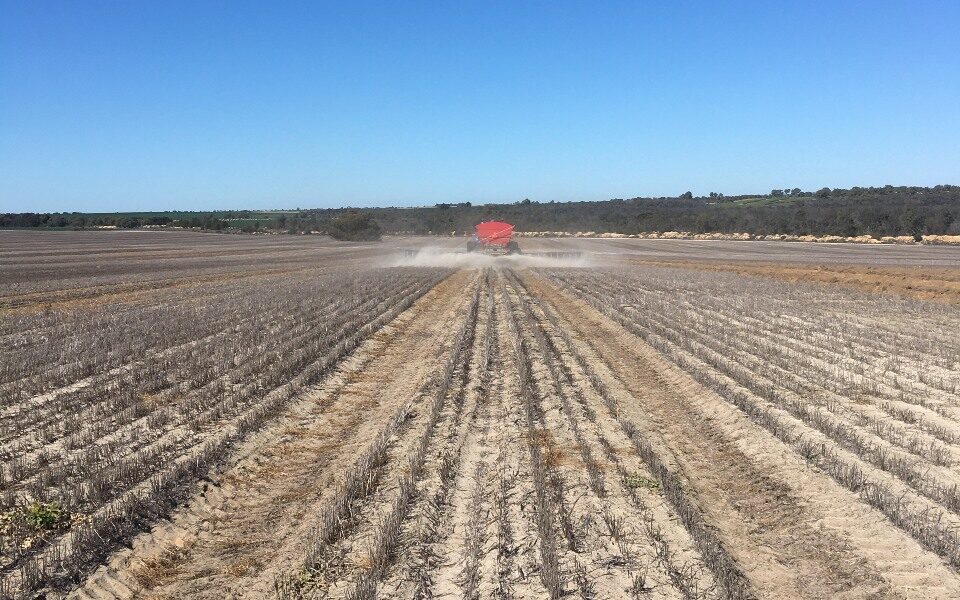
This combination is sublime
In this second instalment of the DPIRD Lime Series, we look at the benefits of improved crop root development in ameliorated soils.
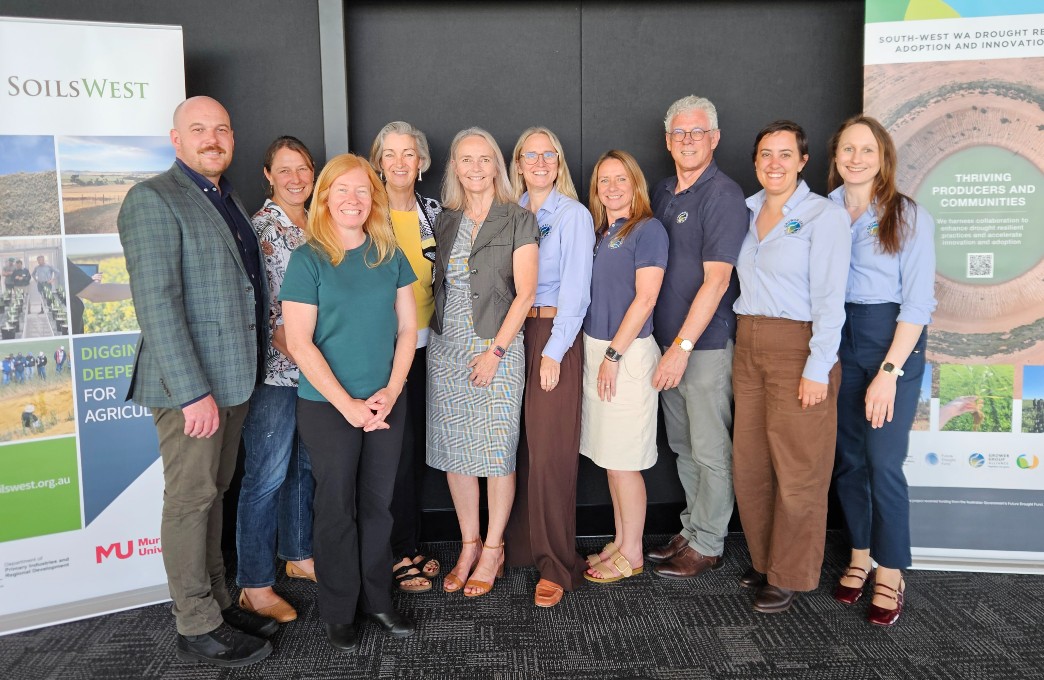
‘Harvest’ shows value of partnership
SoilsWest had its greatest impact in knowledge exchange and adding value to the existing research, development and extension work of partners in 2025.
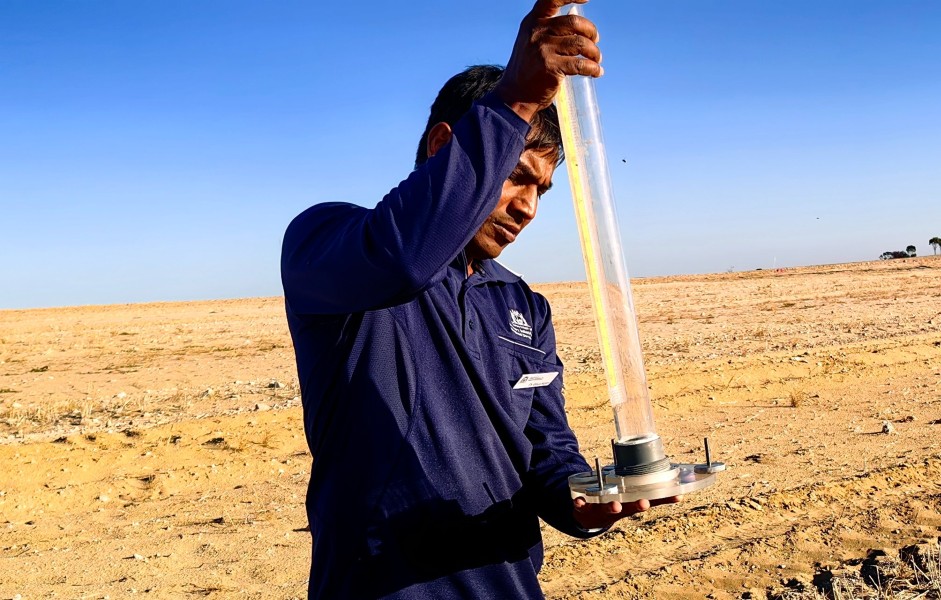
Surface liming delivers best low rainfall outcomes
In this first instalment of the DPIRD Lime Series, we examine the value of shallow incorporation of lime in a low rainfall region.
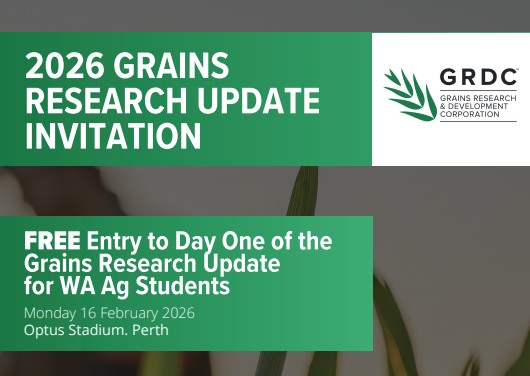
Free Grains Research Update tickets for ag students
WA tertiary agriculture students have been offered free entry to the first day of the Grains Research Update in February 2026.